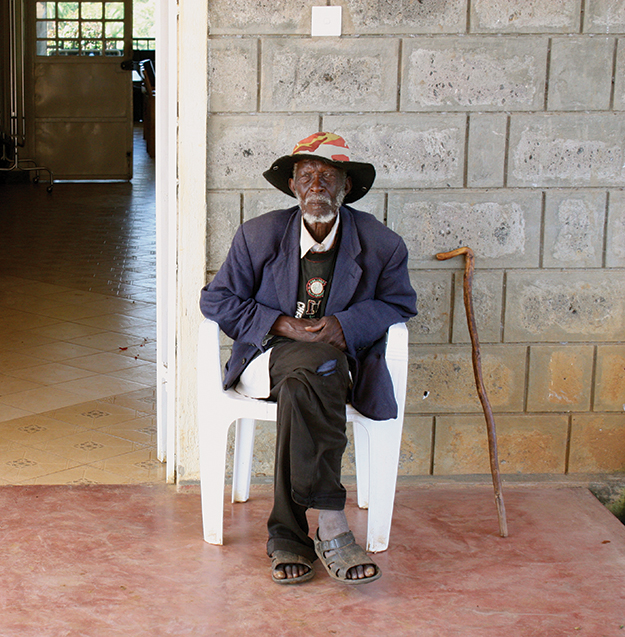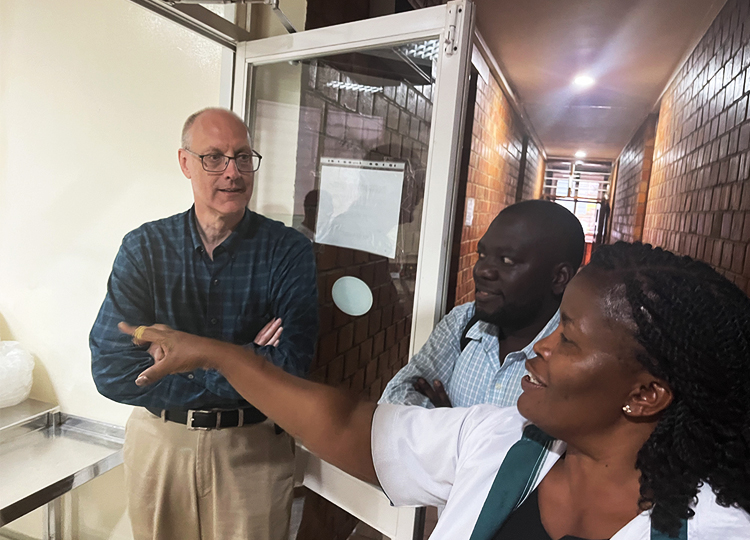A Focus on Men’s Health
By Lena Dougherty
Across the globe, June is recognized as Men’s Health Month, bringing awareness to the importance of the health and wellness of boys and men. While we witness strides in men’s health overall, there is still work to be done when it comes to males accessing palliative care. Recent studies show that men with advanced cancer are 30% less likely to consider palliative care than women with the same diagnosis. Many believe that women prefer palliative care at rates far above those of their male counterparts due to social norms regarding gender roles, as well as the pressure society puts on men to fight illnesses with strength. It is often more acceptable for females to accept the help and care of others as part of their treatment plans. A range of factors including reluctance to seek help, cultural norms around masculinity, and a man’s tendency to downplay his symptoms most likely explain the gender disparities that currently exist in palliative care.
 Furthermore, studies have shown that over 60% of men struggle with sharing how they are feeling with anyone, which could make it difficult for healthcare providers to assess their pain levels and provide adequate support. It is important that healthcare professionals are educated on the different psychosocial needs of men so that gender-biased communication disparities and social norms do not continue to negatively impact access to palliative care for males.
Furthermore, studies have shown that over 60% of men struggle with sharing how they are feeling with anyone, which could make it difficult for healthcare providers to assess their pain levels and provide adequate support. It is important that healthcare professionals are educated on the different psychosocial needs of men so that gender-biased communication disparities and social norms do not continue to negatively impact access to palliative care for males.
Interestingly, gender disparities are not reserved for receiving palliative care. Men fulfilling caregiver roles are not often comfortable accepting support for their own needs. Further research in this subset of palliative care is imperative given that men could occupy more caregiving roles, especially in rural areas where palliative care is often already limited by locale and socioeconomic factors.
Whether males are patients or caregivers, the support provided to them should be tailored to consider their unique traits and requirements. Communication differences should never negatively impact the care men receive in the palliative setting.


By recognizing and addressing the intersection between men’s health and palliative care, healthcare providers can improve outcomes and enhance the quality of life for men facing serious illnesses. Ultimately, the goal of palliative care is to improve quality of life by addressing physical symptoms, psychosocial needs, and spiritual concerns. A holistic approach that considers the individual’s preferences, values, and cultural background is crucial in providing effective care. When discussing gender disparities in palliative care, women’s issues are often brought up first, and while research and efforts to benefit female patients and caregivers are extremely important, intentional interventions to promote palliative care among men will reduce the current overall gender disparities. Focusing on men and their roles as caregivers and patients in palliative care settings is important for advancement in the field. Let us take the time to listen and learn about how we can provide support to men in all areas of palliative care, not only during Men’s Health Month, but throughout the entire year.
